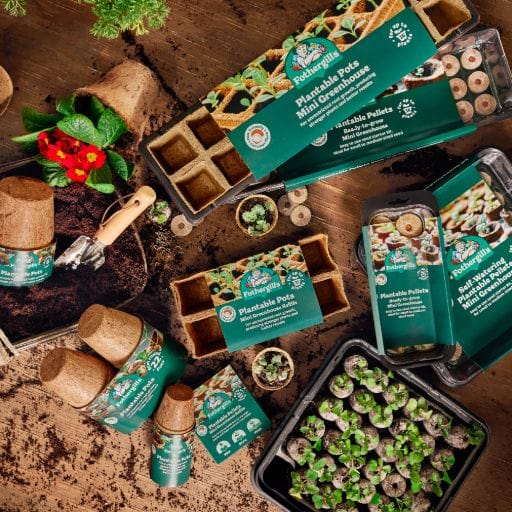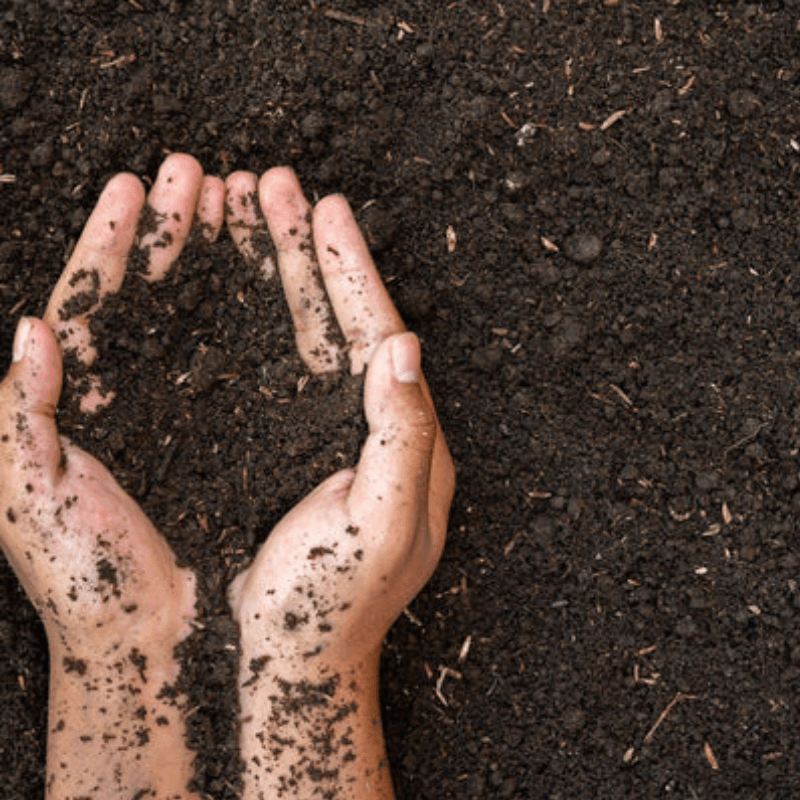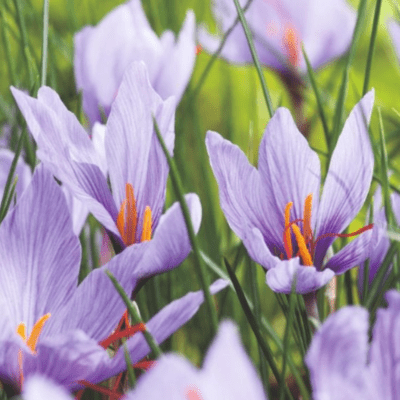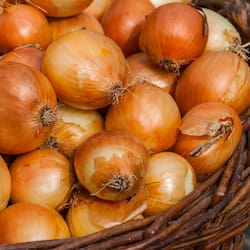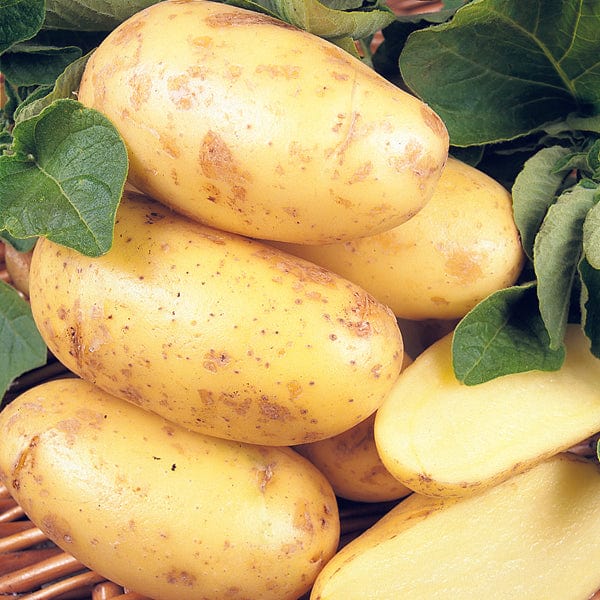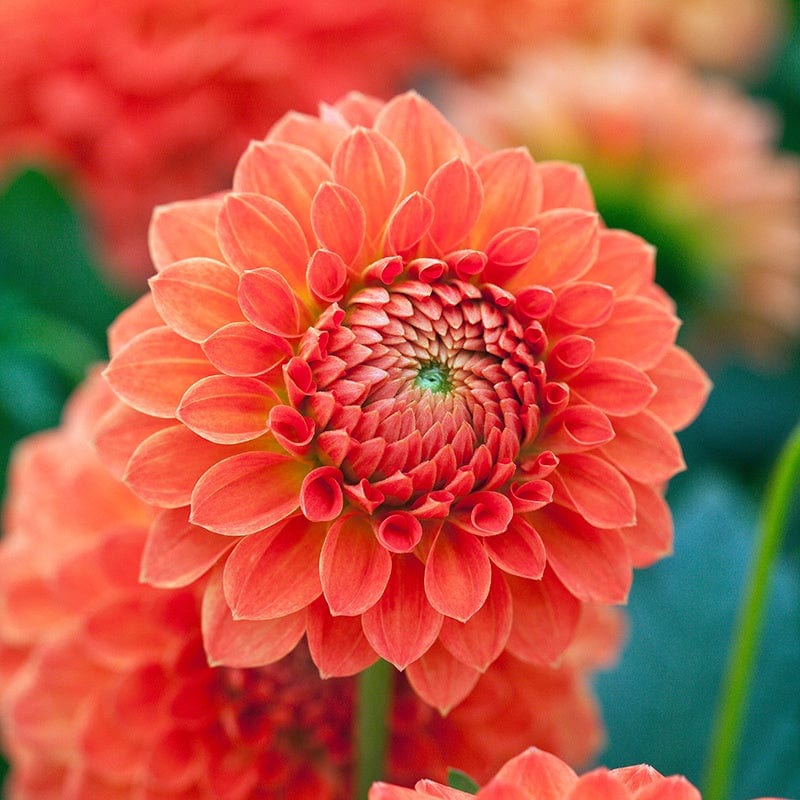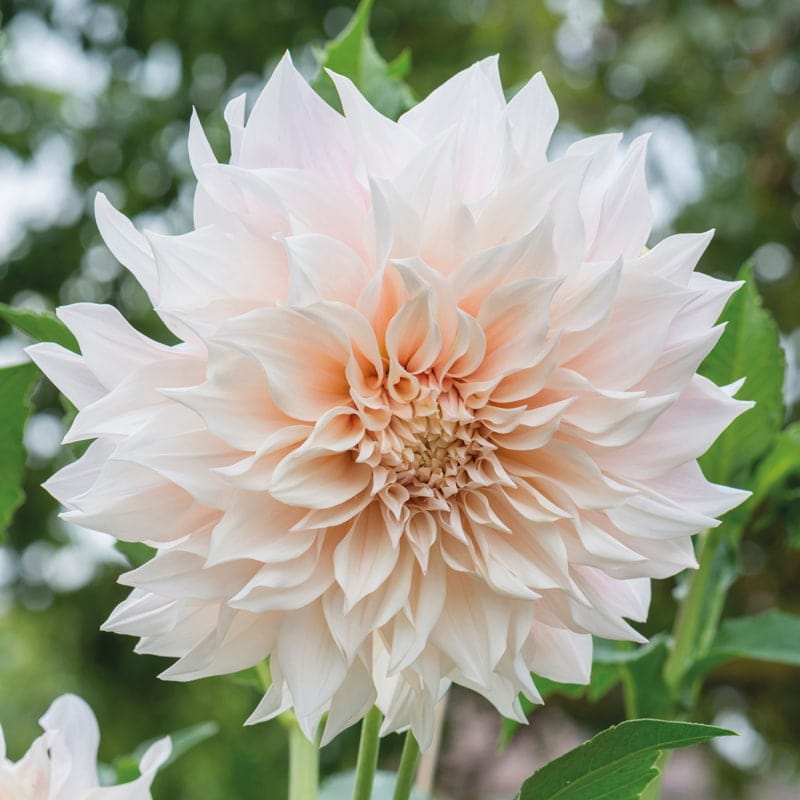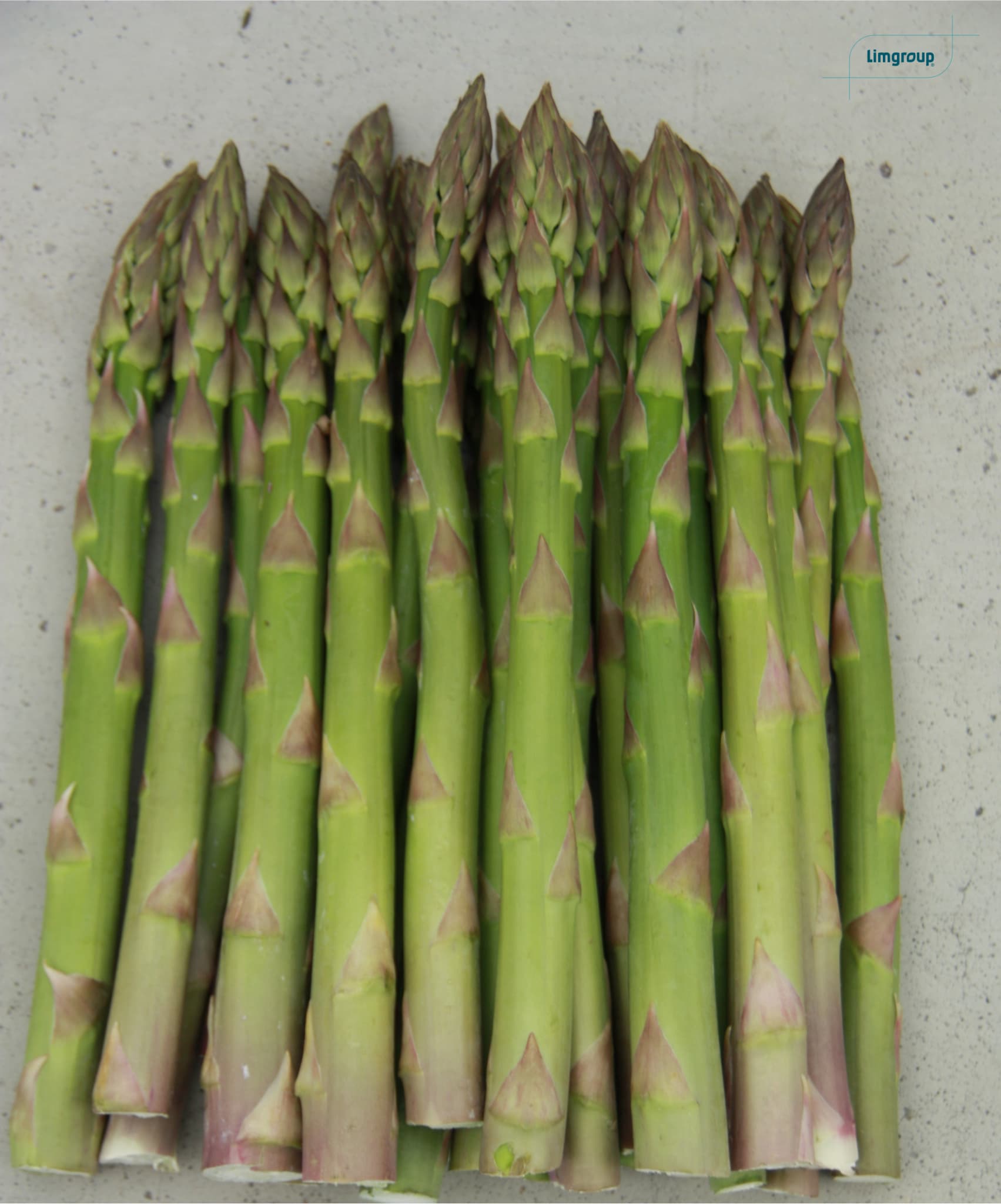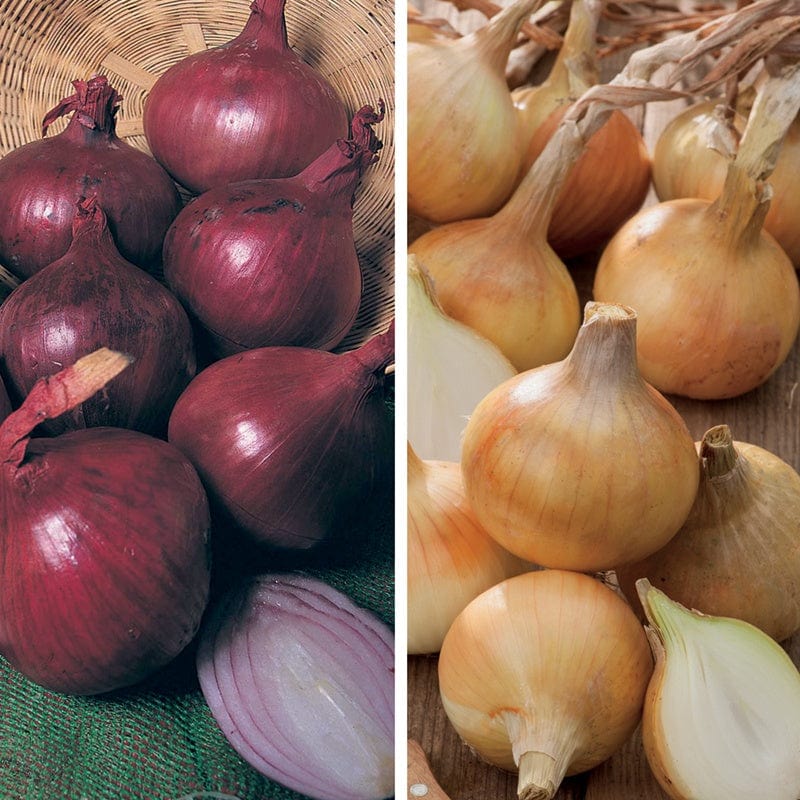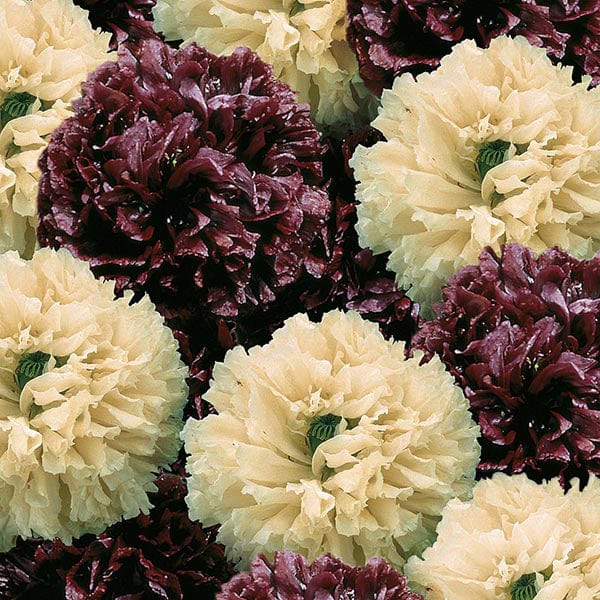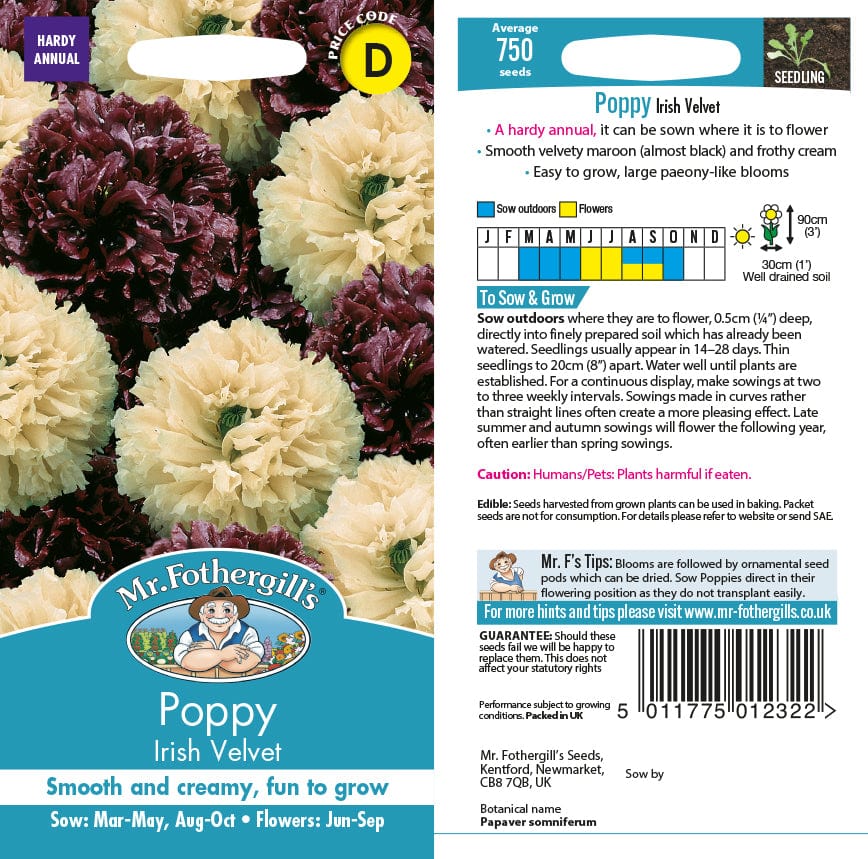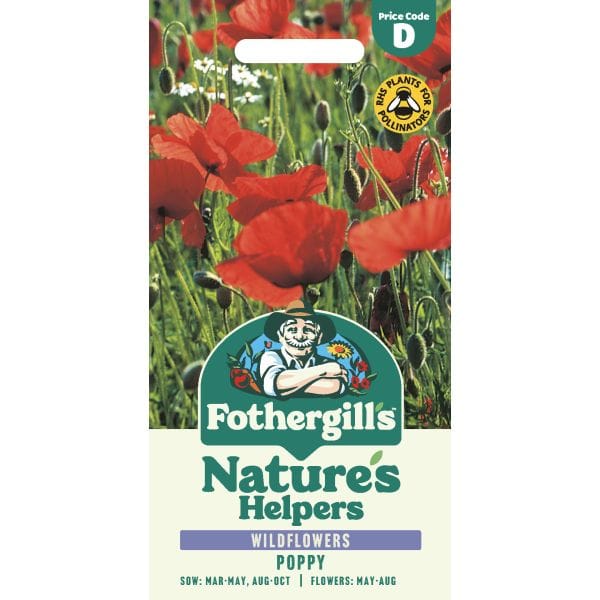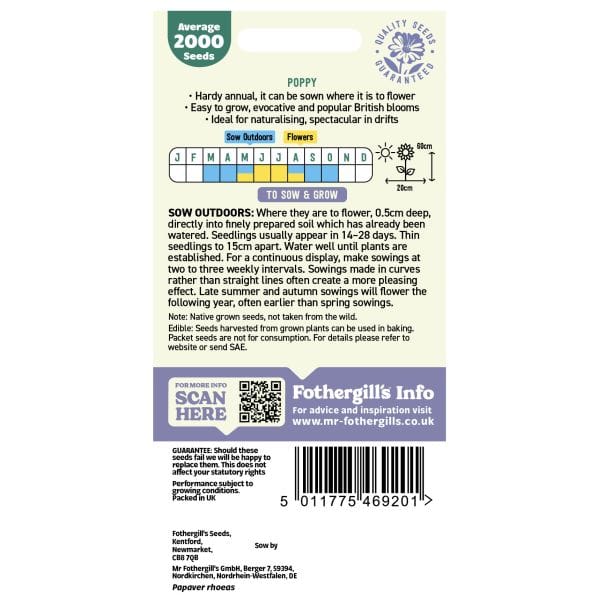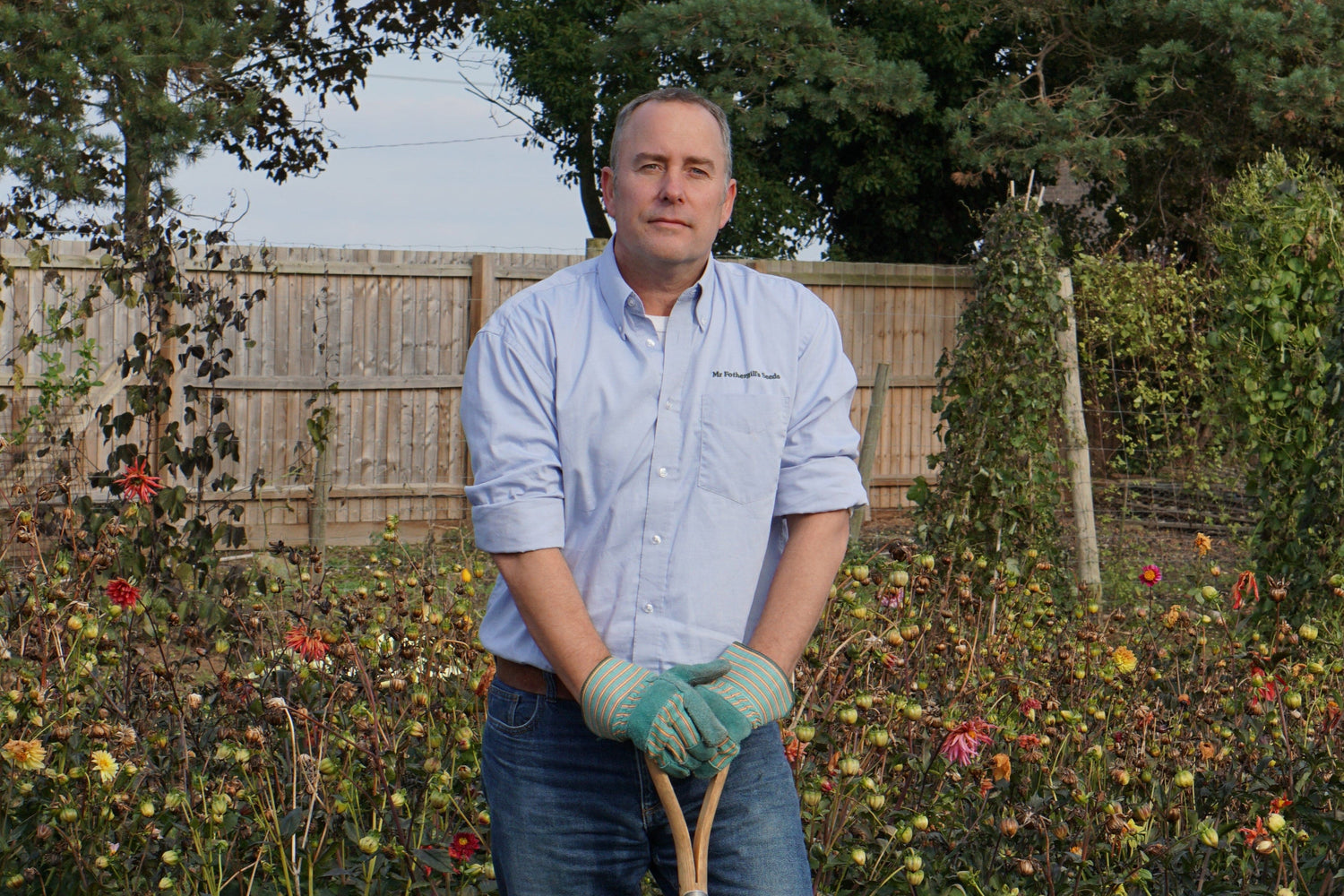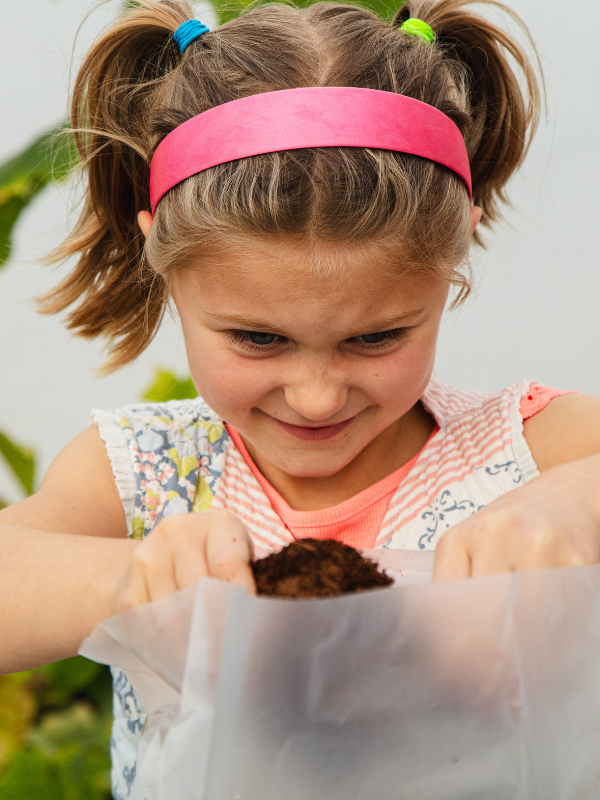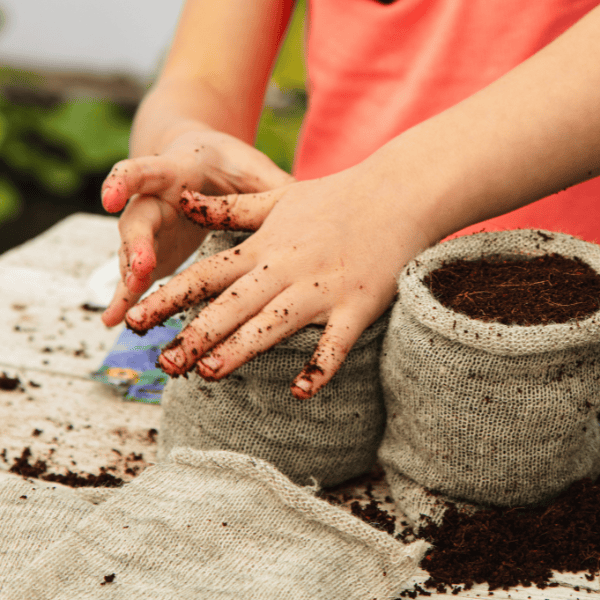If you’re wondering how to sow poppy seeds, it’s easy – as simple as scattering the seeds in the right spot. Because poppies don’t like their roots disturbed, it’s best to sow them directly into prepared soil rather than starting them in pots indoors, in a cold frame, or in some other protected space. Choose a sunny, well-drained area, rake the soil lightly, and scatter the seeds in early spring or autumn.
Poppy seeds are incredibly fine so don’t bury them too deep. Instead, rake them gently into the soil and water them lightly to help them settle in. Keep the area moist until seedlings appear, then thin them out to prevent overcrowding.
When to Sow Poppy Seeds
Poppies are spring sowing flower seeds that you can sow from March to May for summer flowers, or from late August to October for an earlier display the following year. They germinate easily in cool conditions, so unlike many other flower varieties, they don’t benefit from being started earlier in the year indoors.
When to grow poppies depends on what you want from them. Autumn sowing often produces sturdier plants, because they have time to lay down roots before the serious cold weather arrives. Spring sowing, on the other hand, gives a quick burst of colour later in the year.

 Soil Preparation
Soil Preparation
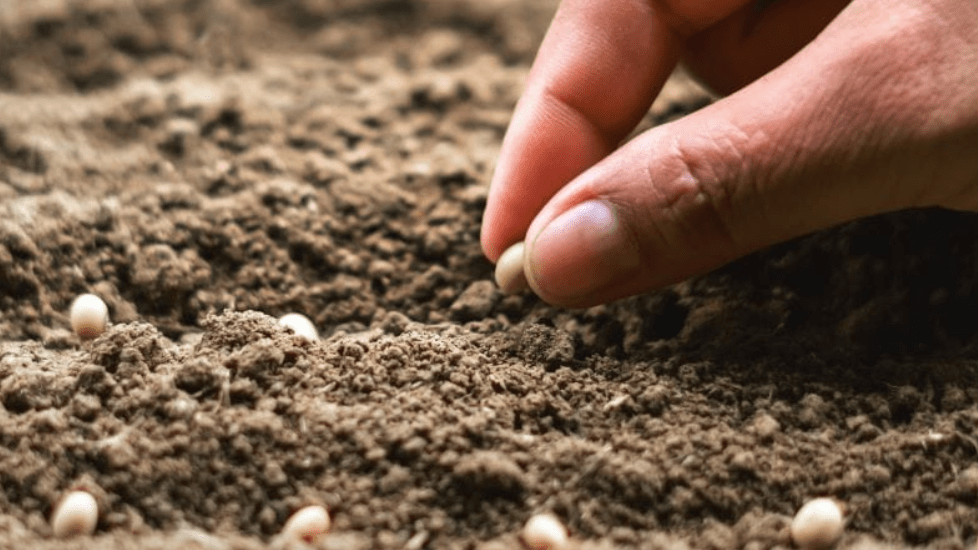
 Sowing
Sowing
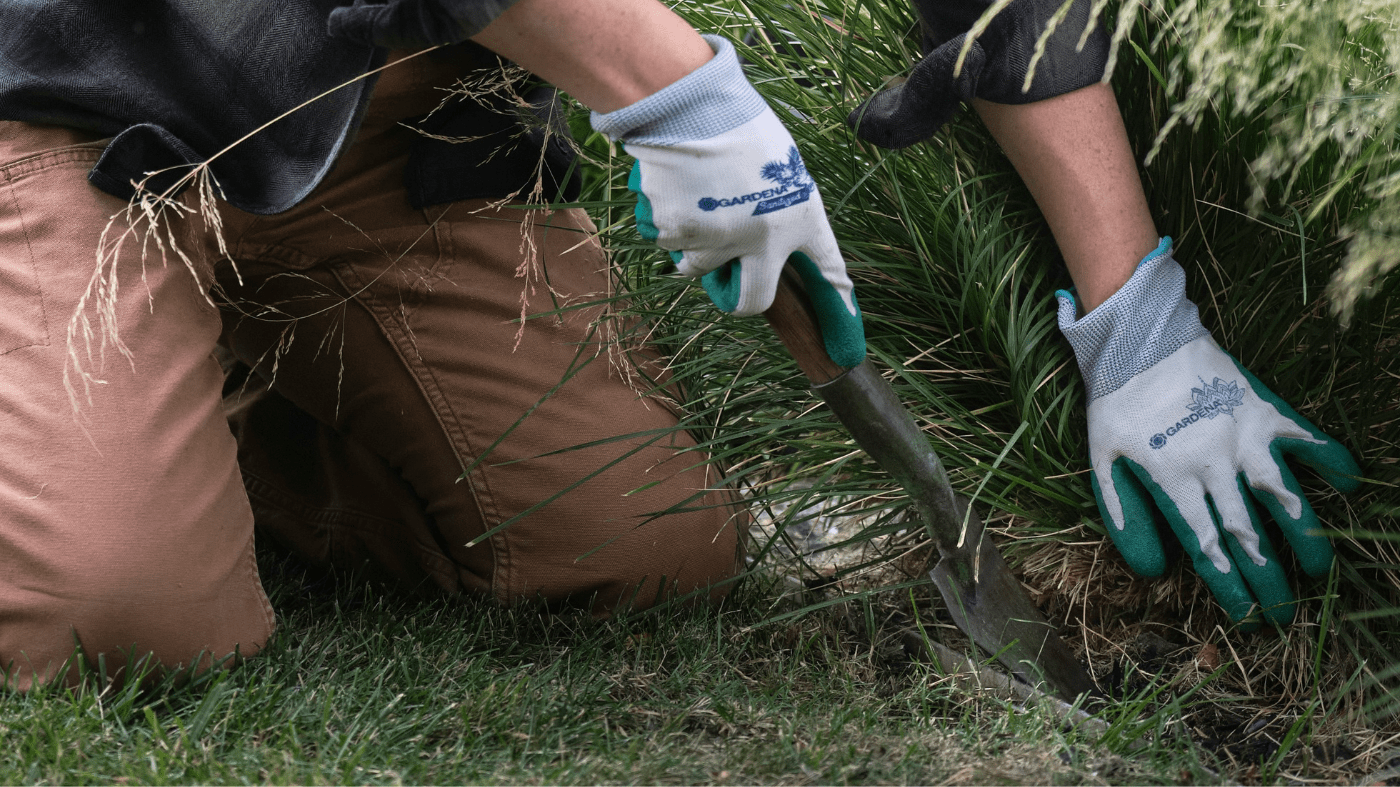
 Plant Care
Plant Care
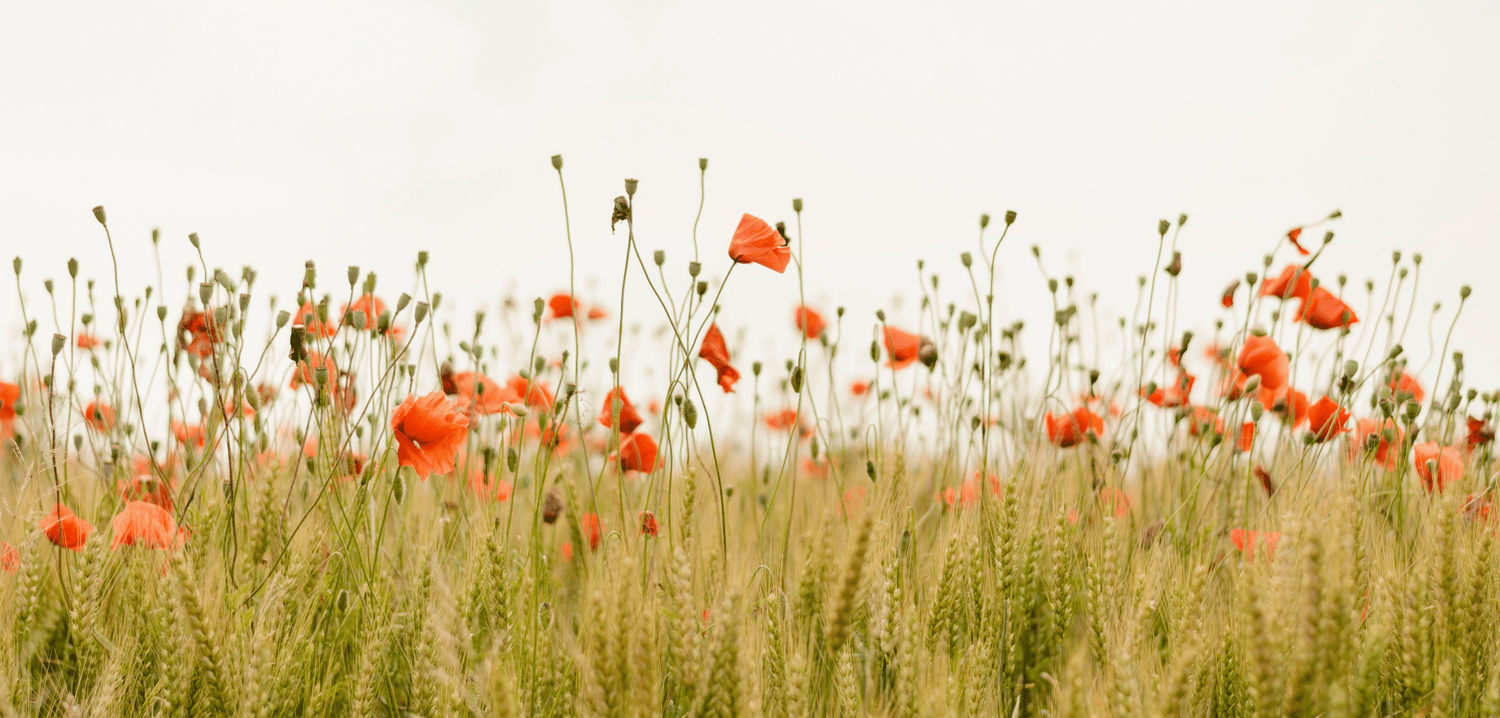
 Harvesting
Harvesting
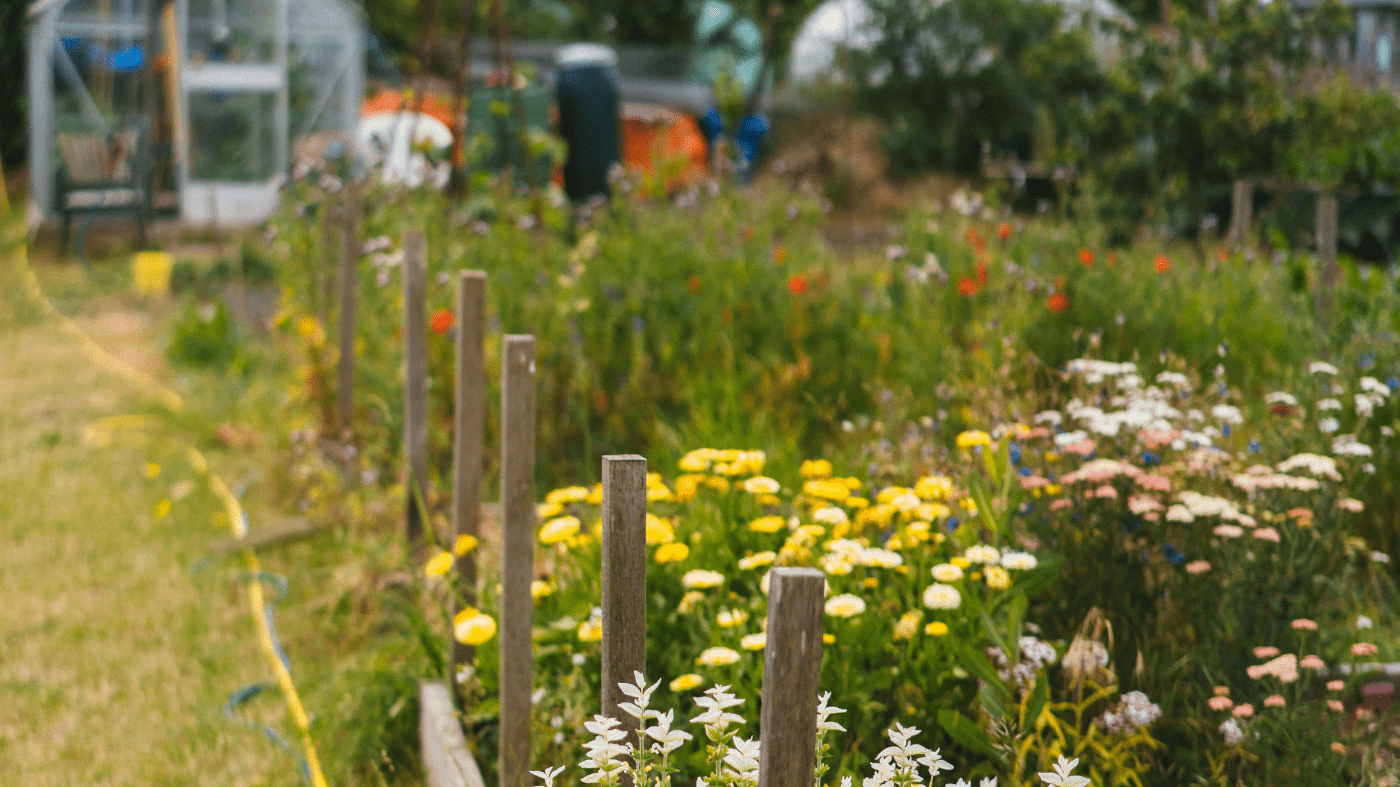
 Soil Preparation
Soil Preparation
 Sowing
Sowing
 Plant Care
Plant Care
 Harvesting
Harvesting












